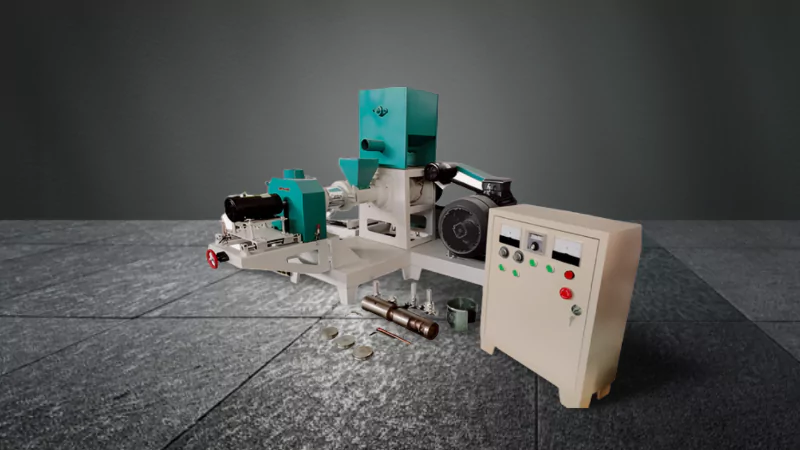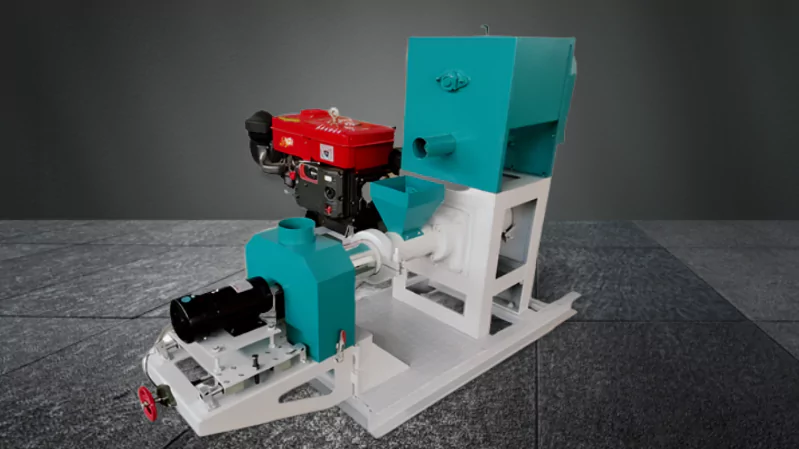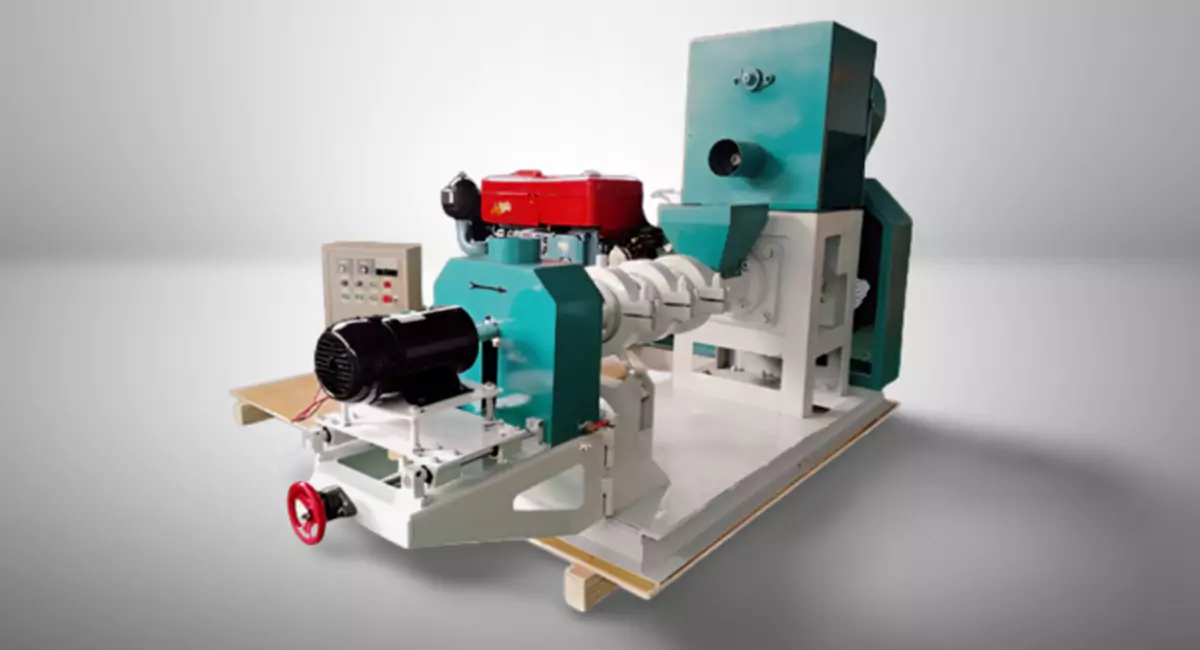how to check the quality of fish feed pellet
Conducting a thorough physical examination of fish feed is more than just a cursory glance; it’s an analytical process that calls for attention to detail. Understanding how to check the quality of fish feed pellet and what the observations mean can empower fish farmers to make informed decisions about the feed’s quality and suitability.
Whether it’s the initial assessment upon receiving a feed shipment or ongoing checks during storage, this inspection forms a vital part of quality control in fish farming.
Checking the quality of fish feed is essential for successful aquaculture. Whether through visual inspection, sensory evaluation, or advanced laboratory techniques, understanding how to check and distinguish fish feed pellet quality ensures the health and productivity of the fish.
By adhering to these guidelines, farmers and hobbyists alike can provide the best nutrition to their aquatic population. Knowing how to check the quality of fish feed pellet is a skill that every fish farmer must master. This guide outlines the practical steps and considerations for evaluating fish feed quality.

1. Inspect Physical Characteristics
Conducting a thorough physical examination of fish feed is more than just a cursory glance; it’s an analytical process that calls for attention to detail. Physical inspection is often the first line of defense when assessing fish feed quality. It’s a hands-on approach that can provide immediate insights into the feed’s condition. Here’s how to carry out an effective examination:
Appearance:
Uniformity in the feed is key. Check for consistency in color, size, and shape. Any deviation might indicate an issue in the production process or storage conditions.
- Color: The color should be consistent with the type of feed and its ingredients. Discoloration might signal oxidation or contamination.
- Size and Shape: Uniformity in size and shape ensures even distribution of nutrients and prevents selective feeding by fish.
Texture:
The texture provides insights into the feed’s composition and freshness:
- Firmness: Quality feed should hold together well without being overly hard. If it crumbles too easily, it might lead to wastage in the water.
- Moisture Content: Excessive moisture can lead to spoilage, while too little might affect palatability.
Smell:
A fish feed’s odor can be a strong indicator of its quality:
- Freshness: Fresh feed will typically have a mild, pleasant smell indicative of its ingredients.
- Spoilage Indicators: Any off-odors or rancid smells are immediate red flags that could signal bacterial growth or oxidation.
Surface Quality:
Examining the surface can provide additional clues:
- Oiliness: An overly oily surface might indicate an imbalance in fat content.
- Foreign Particles: The presence of foreign matter or contaminants warrants further investigation.
Magnification Examination:
For a detailed analysis, a magnifying glass or microscope can reveal subtler aspects:
- Ingredient Distribution: Ensuring that ingredients are evenly distributed assures balanced nutrition for the fish.
- Microbial Contamination: Microscopic examination can help detect early signs of mold or bacterial contamination.

2. Analyze Nutritional Content
Understanding the nutritional makeup of the feed is essential:
- Protein Level: Ensure it meets the specific requirements for the species you are farming.
- Fat Content: Look for the presence of essential fatty acids and the right balance of Omega-3 and Omega-6.
- Vitamins and Minerals: Verify that the necessary vitamins and minerals are present in the correct proportions.
3. Review Manufacturing Information
Information about the fish feed manufacturing process can provide insights into quality:
- Manufacturing Date: Freshness matters, so look for the production and expiration dates.
- Certifications: Check for certifications that indicate adherence to quality standards.
- Ingredients List: Review the ingredients for quality sources and absence of harmful substances.
4. Conduct Taste Tests with Fish
Observing how the fish respond to the feed can be enlightening:
- Acceptance Rate: High refusal rates might indicate an issue with taste or quality.
- Behavior Changes: Watch for any changes in behavior or health after introducing new feed.

5. Utilize Laboratory Testing
For a precise assessment, laboratory testing can be invaluable:
- Nutrient Analysis: Professional labs can verify the nutrient content claimed by the manufacturer.
- Contamination Screening: Labs can test for the presence of toxins, heavy metals, or harmful microorganisms.
Detailed Guide on Laboratory Testing Procedures
- Sampling: Take representative samples from different parts of the feed batch.
- Nutrient Analysis: Utilize methods like Near-Infrared Spectroscopy (NIRS) for nutrient profiling.
- Toxin Testing: Employ High-Performance Liquid Chromatography (HPLC) to detect harmful substances.
- Microbial Testing: Use standard microbiological methods to check for harmful bacteria or fungi.
6. Assess Environmental Impact
Considering the ecological aspect of the feed is becoming increasingly relevant:
- Sustainable Sourcing: Look for indications of responsibly sourced ingredients.
- Eco-friendly Packaging: Consider the environmental impact of packaging materials.
Conclusion on how to check the quality of fish feed pellet
Checking the quality of fish feed is not a singular action but a combination of careful observations, analyses, and sometimes professional testing. By attending to the physical properties, nutritional content, manufacturing details, and ecological considerations, fish farmers can make informed choices that promote healthy fish growth and sustainable practices.
Incorporating these quality checks into regular routines ensures that the fish receive optimal nourishment and that the farming practices align with industry standards and sustainability goals. the key to make high quality fish feed is choose the right floating fish feed pellet machine.
